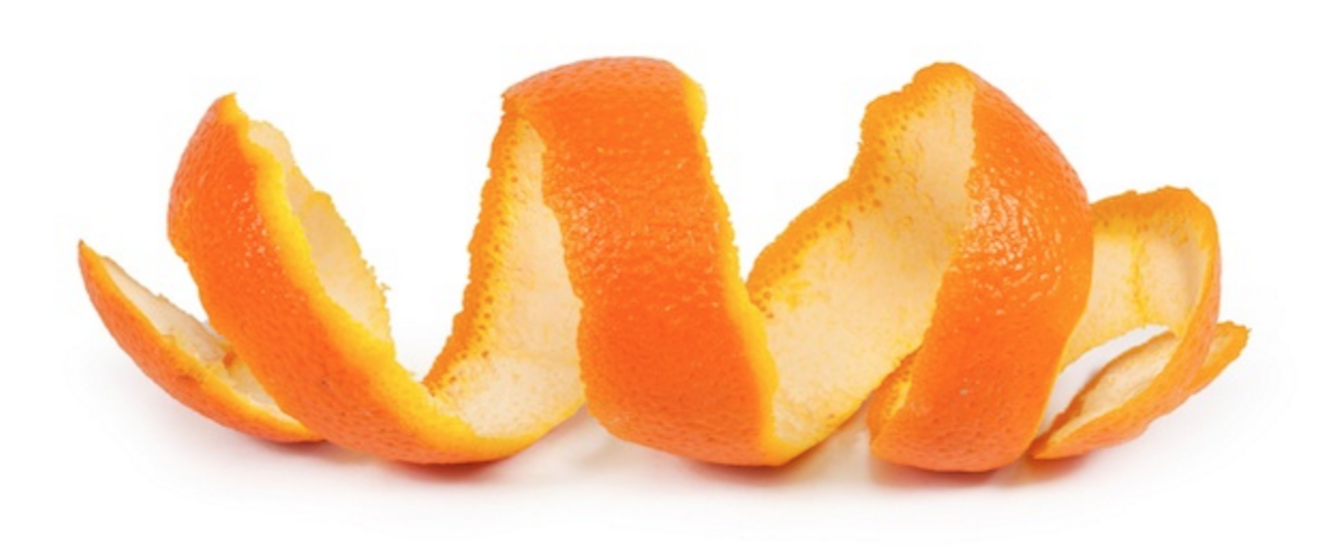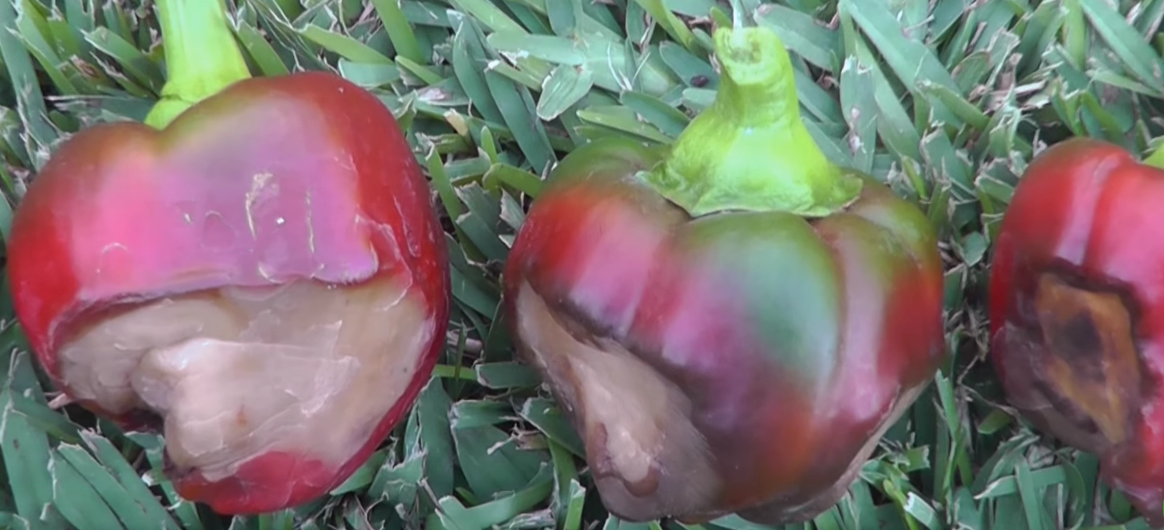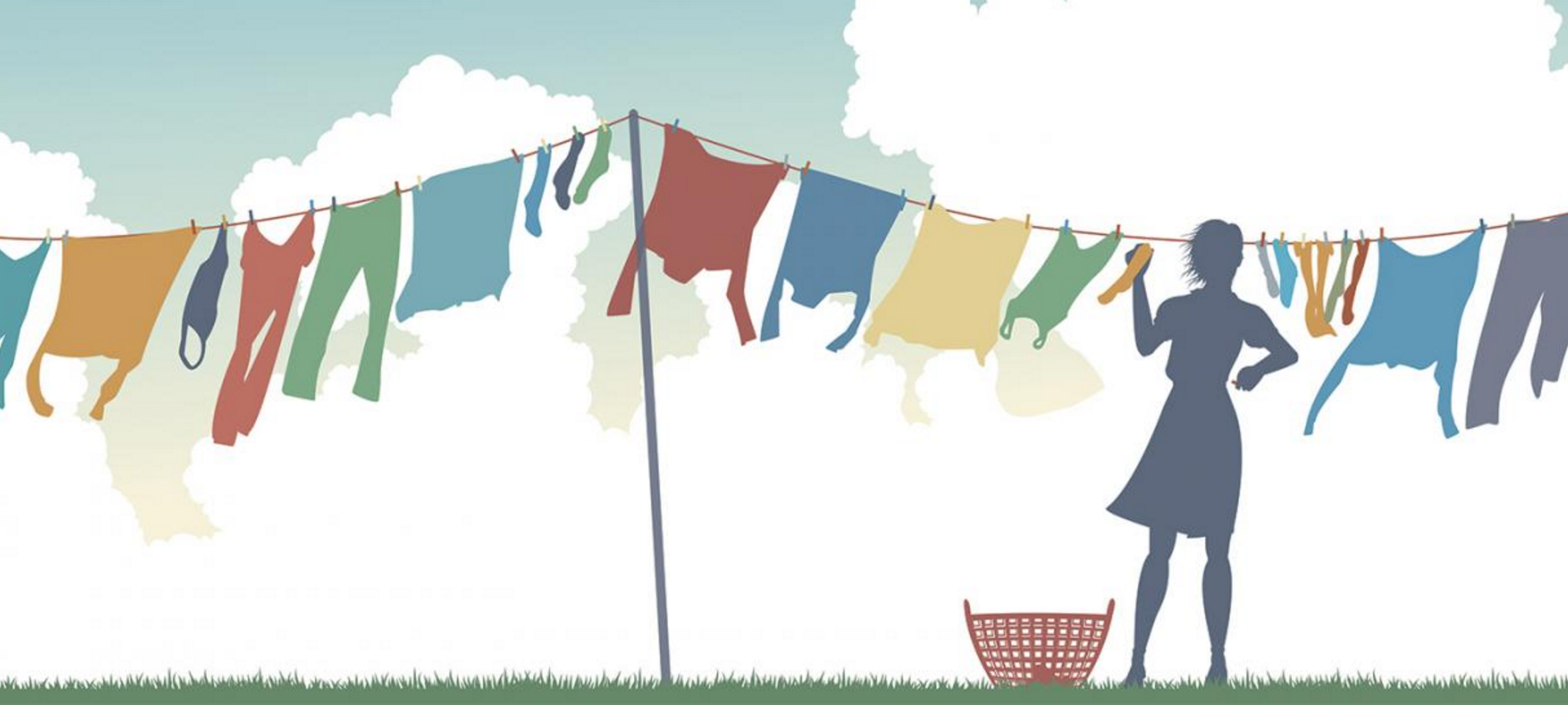Age-Appropriate Farm Chores for Kids
If you’re getting started with a family homestead, one of the things you’ll have to learn very quickly is how to delegate. Even a small farm takes a ton of work, and one person can’t do it all. Whether you pay an allowance, or simply make chores a part of learning life skills, your kids … Read more








